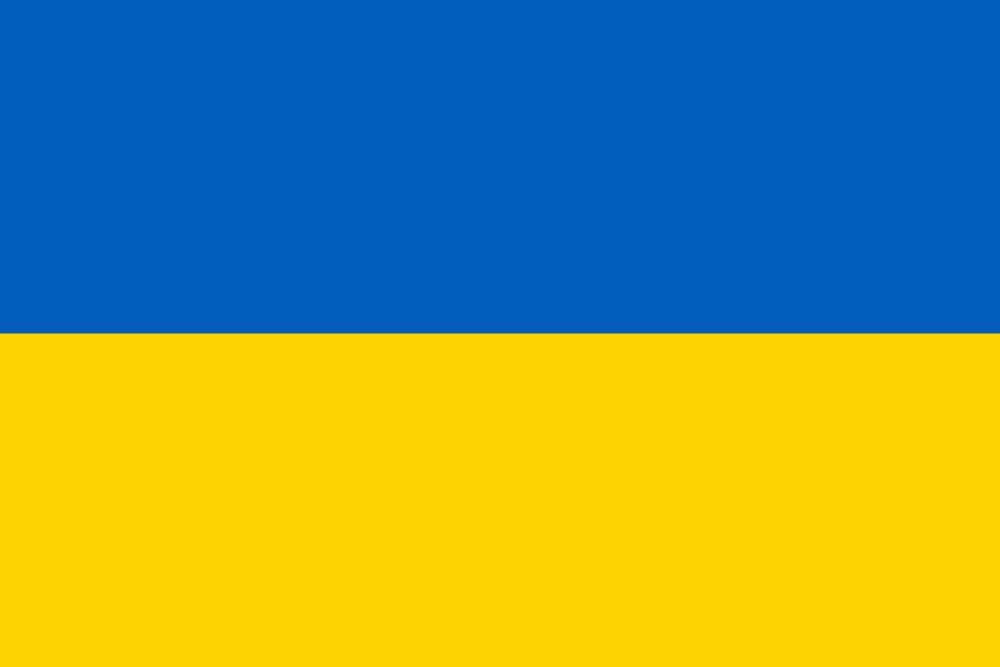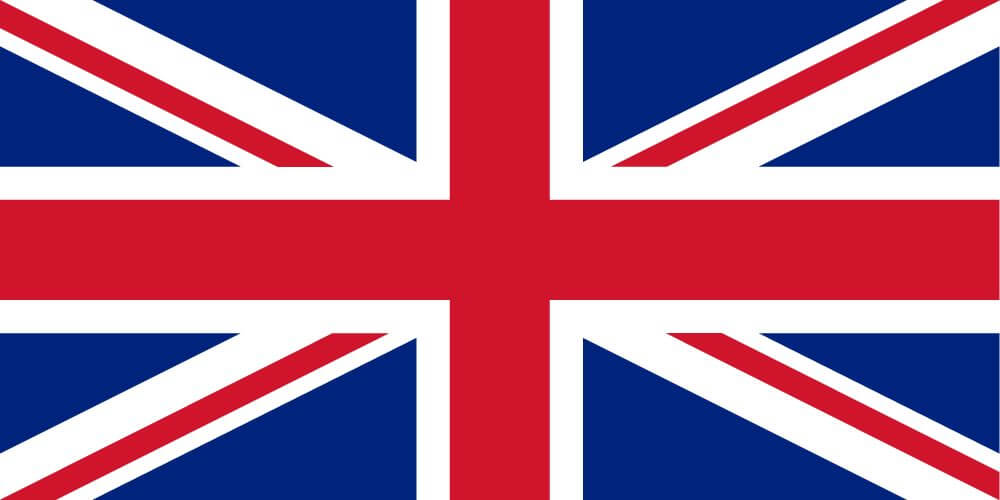Conflict Developments
The army of the Russian Federation (hereinafter: Russia) has continued launching intense attacks in the Donetsk and Luhansk oblasts. Russian forces have managed to enforce their positions in the Kharkiv, Kherson, and Zaporizhzhia oblasts, and an attempt to capture the cities of Slovyansk and Bakhmut is expected in the near future. Further towns currently threatened by Russian occupation include Severodonetsk and Lysychansk.
Russian forces have increased the number of landing ships in the Black Sea and according to estimates, 40 Kalibr missiles are currently located on vessels patrolling the sea. The militarization of the Snake Island has continued with, for example, new air defence systems deployed on the island by the Russian forces.
The Armed Forces of Ukraine have continued conducting a counteroffensive in the Kherson oblast and are currently located 10-15 kilometres northwest of the oblast. According to recent reports, Russian troops located in Kherson have been impacted by internal disputes potentially signalling low fighting spirits.
Ukrainian forces have managed to push Russian troops 5-7 kilometres back from the Zaporizhzhia oblast.
The President of Ukraine, Volodymyr Zelensky, has ratified a bill enabling the redeployment of territorial defence units to designated combat zones and areas seeing active hostilities.
The following locations were targeted by strikes and shelling during the reporting period:
Chortkiv – 20 civilians have been injured and a gas pipeline and a military facility storing weapons have been damaged
Zelenodolsk
Orikhiv – A gas pipeline has been damaged
Severodonetsk – A popular sports complex called the Ice Palace and an ammonia production unit of the Azot chemical plant have been destroyed
Vrubivka – Flamethrowers have been used to inflict significant damage on the town
Bakhmut
Kostyantynivka and more than 15 other settlements located in the Donetsk oblast have been targeted by strikes
Rayons located close to the Russian border in the Kharkiv, Sumy, and Chernihiv oblasts have been shelled
Russian troops are currently firing 50 000 artillery rounds per day. The figure is ten times that of the Ukrainian forces.
More than 24 000 kilometres of Ukrainian roads have been damaged since the beginning of hostilities.
Three explosions took place on Sunday 12th at an electric substation in the occupied town of Berdyansk, cutting part of the town off from the electricity grid. Further power cuts have been reported in a number of settlements in the Zaporizhzhia oblast and government-controlled parts of the Donetsk oblast.
Ukrainian troops and officials are actively demining and defusing explosive remnants of war and unexploded ordnance from Ukrainian territories. As of Sunday 12th, 150 000 explosives have been defused.
A round of exchange of prisoners of war has taken place between Russia and Ukraine. Liberated individuals include Oleh Pylypenko, the head of a territorial community in the Mykolayiv oblast and 4 Ukrainian prisoners. Furthermore, the bodies of 58 Ukrainian soldiers who fought in the Azovstal steel plant have been returned to Ukraine.
The Russian occupation administration has sentenced three foreign soldiers fighting among Ukrainian troops to death in Donetsk. Ukrainian fighters captured from the Azovstal steel plant are expected to be handed the same sentence. Russia has transferred responsibility for the judicial procedure of the Ukrainian combatants captured from Azovstal to the authorities of the self-proclaimed Donetsk and Luhansk People’s Republics.
Humanitarian Dimensions
Mass abductions targeting civilians, politicians, and public activists continue in the territories occupied by Russian forces. The detained individuals are reported to be held in prison-like conditions and accused of criminal offences. Russian authorities have also been reported to have demanded ransoms for the detainees.
Objects with significant value to the cultural heritage of Ukraine continue to be stolen by Russian agents and forces. In addition to the theft of art and archaeological items, metal products and agricultural items continue to be stolen and confiscated in the territories occupied by Russia.
508 Ukrainian children have been injured and 287 killed since the beginning of hostilities. According to experts, actual figures may differ significantly from those currently available. For example, the bodies of more than 20 children were recently discovered in Mariupol and ongoing hostilities continue to pose challenges to the maintaining of up to date casualty figures across Ukraine.
Russian authorities have forced schools located in the occupied territories to switch to the Russian curriculum thus denying children the right to receive education in their native language.
More than 20% of grain storing facilities in Ukraine have been destroyed as a result of the Russian military invasion. Most of the destruction inflicted on the facilities is assumed to be intentional. The large-scale destruction of the critical infrastructure is feared to lead to disruptions in grain exports and spiral into famine in Ukraine.
Information Warfare Dimensions
The President of Russia, Vladimir Putin drew stark parallels between contemporary Russia and the Empire of Peter the Great in a speech he gave on the independence day of Russia on Sunday 12th. In addition to comparisons to Russia’s historic might, the President also highlighted the significance of Russian values and resilience. Other symbolic gestures taken to celebrate the day included the issuing of a Russia Day greeting card by the Russian Ministry of Foreign Affairs highlighting Russia’s military victories against Western countries. In addition, a Russian alternative, Vkusno-i tochka (freely translated: Delicious and period), for the American fast-food giant McDonald’s was opened on Sunday.
Official Russian sources have continued to publish narratives regarding the development of biological weapons in Ukraine by the United States. The notion was voiced, for example on Friday 10th, by the vice-speaker of the State Duma in a speech stating that there is no doubt regarding the existence of an ongoing military and biological project conducted by the United States in Ukraine.
Anti-Western narratives and comments have continued to circulate in the Russian media landscape, with an emphasis on anti-Polish sentiments. Recent statements and claims include:
According to the Russian Minister of Foreign Affairs, Sergey Lavrov, Poland actively controls parts of Ukrainian territory.
As per the President of Belarus, Alexander Lukashenko, Belarus is being pushed to invade the western parts of Ukraine in order to prevent the territories from falling under the control of Western countries.
The Chairman of the State Duma, Vyacheslav Volodin, has accused the former Minister of Foreign Affairs of Poland, Radosław Sikorski, of provoking a nuclear conflict in the centre of Europe.
In a recent interview, political scientist and economist, Andrei Suzdaltsev, elaborated on the measures Poland has taken to prepare for a military assault against Russia.
Russian official media has interpreted the statement made by NATO’s Secretary-General, Jens Stoltenberg, regarding territorial concessions as a sign of accepting of Ukraine’s military defeat. According to Russian sources, the Western nations no longer believe in Ukraine’s victory.
Russian news agencies have actively reported on soldiers killed in the special operation implemented in Ukraine. The term “fallen heroes” is being used to refer to the soldiers killed in Ukraine and several reports regarding the erection of memorials across Russia for deceased soldiers have been shared. According to analysts, Russian authorities are no longer able to conceal the impacts of the war on Russian soldiers due to the heigh death toll. However, public statements regarding Russia’s losses have been coupled with statements regarding the need of more patriotic heroes to defend the country. Such messages were particularly prominently circulated across Russian communication networks in conjunction with the independence day celebrations.
Active measures seeking to integrate the territories occupied in Ukraine into Russia’s information space are being taken. Ongoing initiatives have specifically targeted the youth and youth organisations.
Russian officials have continued spreading narratives regarding humanitarian missions implemented in the occupied territories newly acquired by Russia, as well as “improved” standards of life and social policy as a result of Russian occupation. In addition to humanitarian aid, reconstruction measures to be rolled out in the territories with the help of Russian specialists have been announced.
Russian authorities organized independence day celebrations in the occupied territories of the Zaporizhzhia and Kherson oblasts. In addition to the cultural integration of the areas into Russia, the issuing of Russian passports to Ukrainian citizens has continued. According to the authorities of the so-called Luhansk People’s Republic, 284 000 passports have been handed out.
Authorities of the so-called Donetsk People’s Republic have denied any instances of cholera outbreaks in Mariupol.
This Ukraine Situation Report is prepared in the framework of the project “Building Resilience in Conflict Through Dialogue” funded by the European Union


